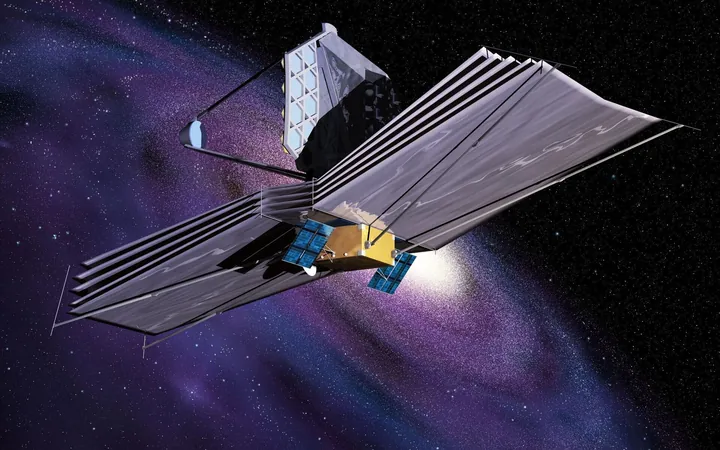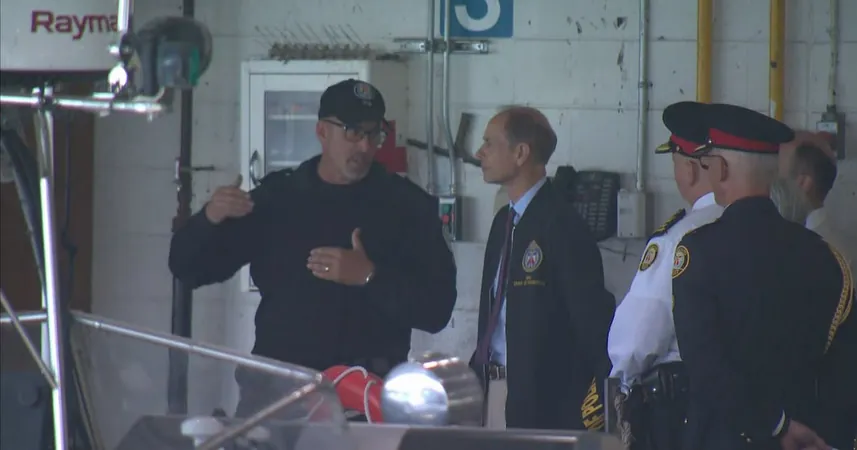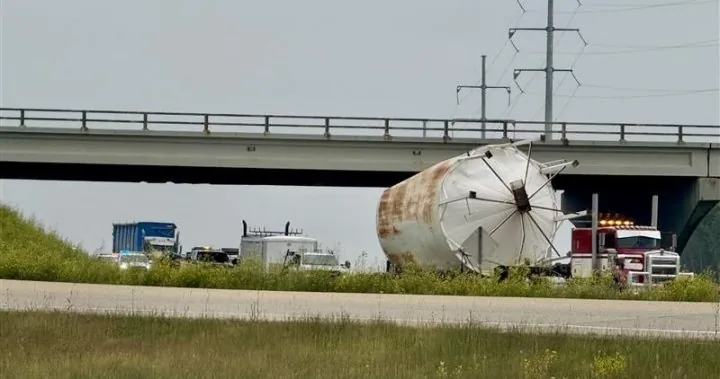
The Future of Space: Walking Robots Could Construct Giant Telescopes in Orbit!
2024-11-07
Author: Benjamin
The Future of Space: Walking Robots Could Construct Giant Telescopes in Orbit!
Imagine gazing deeper into the mysteries of the universe than ever before, all thanks to a walking robot assembling powerful telescopes in space! As humanity reaches new heights in our quest for astronomical knowledge, recent research suggests we may be on the brink of revolutionizing how we build our observational instruments away from Earth.
Historically, telescopes like the Hubble Space Telescope and the James Webb Space Telescope were transported to space aboard shuttles and rockets, with their intricate components neatly packed. However, launching larger and more complex instruments is becoming increasingly challenging. With no space shuttles in operation, researchers are devising alternative methods that could significantly enhance our observational capabilities.
Hurdles in Space Robotics
A new study published in the journal Acta Astronautica proposes that autonomous walking robots could be the key to assembling massive telescopes like the proposed 25-meter Large Aperture Space Telescope (LAST) in orbit. Led by Manu Nair from the Lincoln Center for Autonomous Systems in the U.K., the research highlights the potential for these robots to operate in tandem with other space technologies to create a robust infrastructure for future missions.
While current robots like the Canadarm and the European Robotic Arm have proven effective on the International Space Station (ISS), they are heavily reliant on human operators and lack some critical functionalities. The proposed solution? A new dexterous walking robot—the End-Over-End Walking Robot (E-Walker)—designed to autonomously assemble large structures in space without the continuous guidance of astronauts.
Imagining the Future
The demand for high-resolution observations of both our universe and our planet drives ongoing advancements. The study emphasizes that satisfying this demand will necessitate not only larger telescopes but also innovative construction methods. The E-Walker, equipped with seven degrees of freedom, aims to fulfill these requirements, marking a significant leap toward the integration of robotics into space missions.
The ambitious concept of the LAST includes a modular primary mirror composed of numerous Primary Mirror Units (PMUs), allowing the robot to assemble the telescope piece by piece in space. For the entire telescope, an estimated 342 PMUs will be necessary—a number that underscores the complexity of the task. To facilitate this assembly, the mission will utilize two spacecraft: a Base Spacecraft (BSC) to manage operations and a Storage Spacecraft (SSC) for holding PMUs.
Nair’s research features not only a single E-Walker but also scenarios where multiple robots could collaborate, highlighting adaptable strategies for task-sharing and operational efficiency. The possibilities are enticing as the field of robotics continues to merge with artificial intelligence, offering unprecedented opportunities for exploration and discoveries.
The Road Ahead
Looking into the future of space infrastructure, the authors assert that the ability to assemble sophisticated systems in orbit is crucial for developing a resilient ecosystem capable of supporting advanced initiatives, such as space-based solar power, manufacturing, and extensive astronomical surveys. Although the E-Walker is still a theoretical concept, efforts are already underway to develop prototypes that could one day make these dreams a reality.
The exploration of our cosmos is about to take a transformative turn. As we stand on the brink of groundbreaking advancements in space robotics, one question remains: Are we ready to witness the birth of a new era where robots pave the way for humanity's celestial ambitions? Keep your eyes on the stars, as the future of space exploration promises to be nothing short of extraordinary!









 Brasil (PT)
Brasil (PT)
 Canada (EN)
Canada (EN)
 Chile (ES)
Chile (ES)
 Česko (CS)
Česko (CS)
 대한민국 (KO)
대한민국 (KO)
 España (ES)
España (ES)
 France (FR)
France (FR)
 Hong Kong (EN)
Hong Kong (EN)
 Italia (IT)
Italia (IT)
 日本 (JA)
日本 (JA)
 Magyarország (HU)
Magyarország (HU)
 Norge (NO)
Norge (NO)
 Polska (PL)
Polska (PL)
 Schweiz (DE)
Schweiz (DE)
 Singapore (EN)
Singapore (EN)
 Sverige (SV)
Sverige (SV)
 Suomi (FI)
Suomi (FI)
 Türkiye (TR)
Türkiye (TR)
 الإمارات العربية المتحدة (AR)
الإمارات العربية المتحدة (AR)